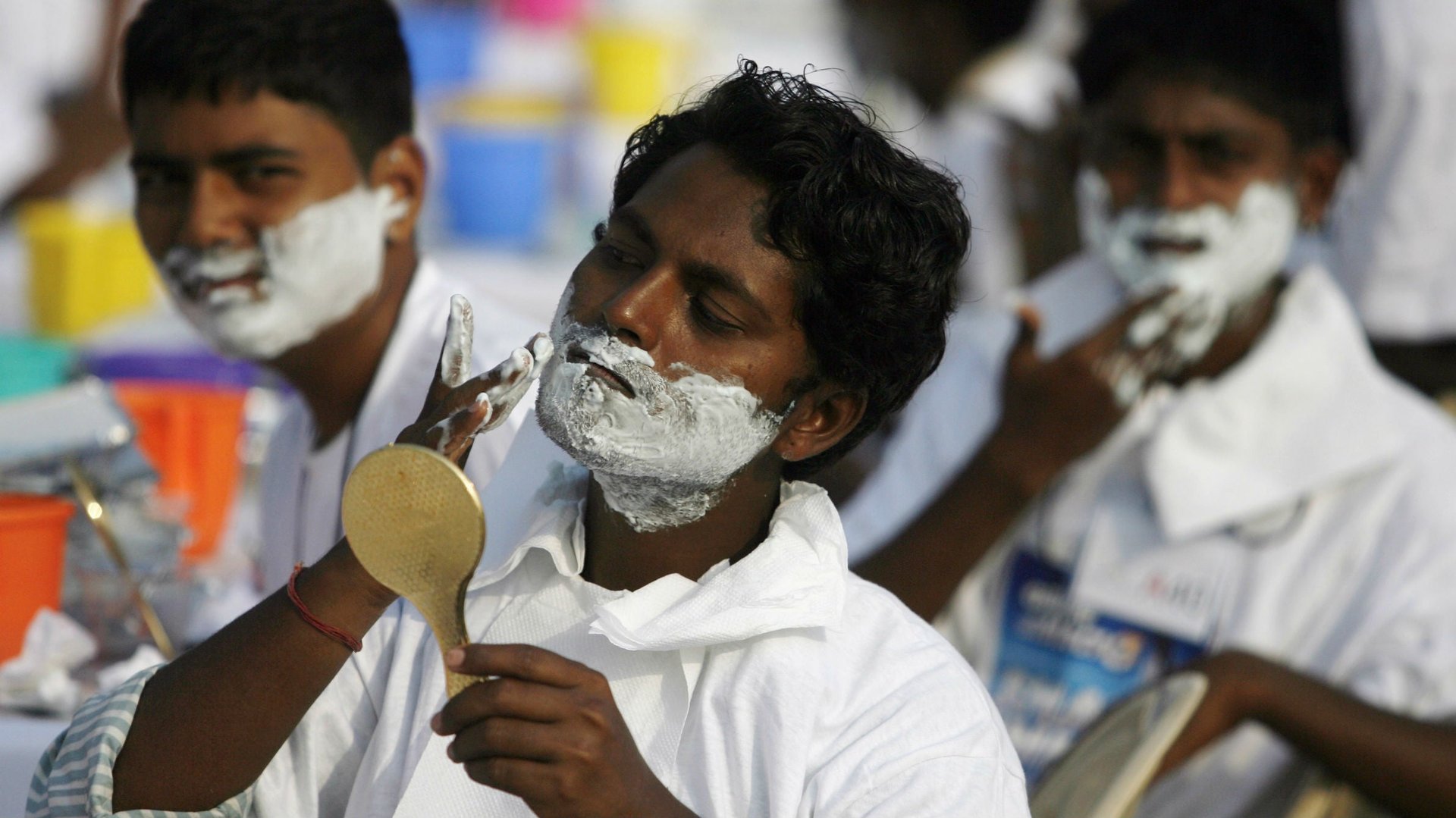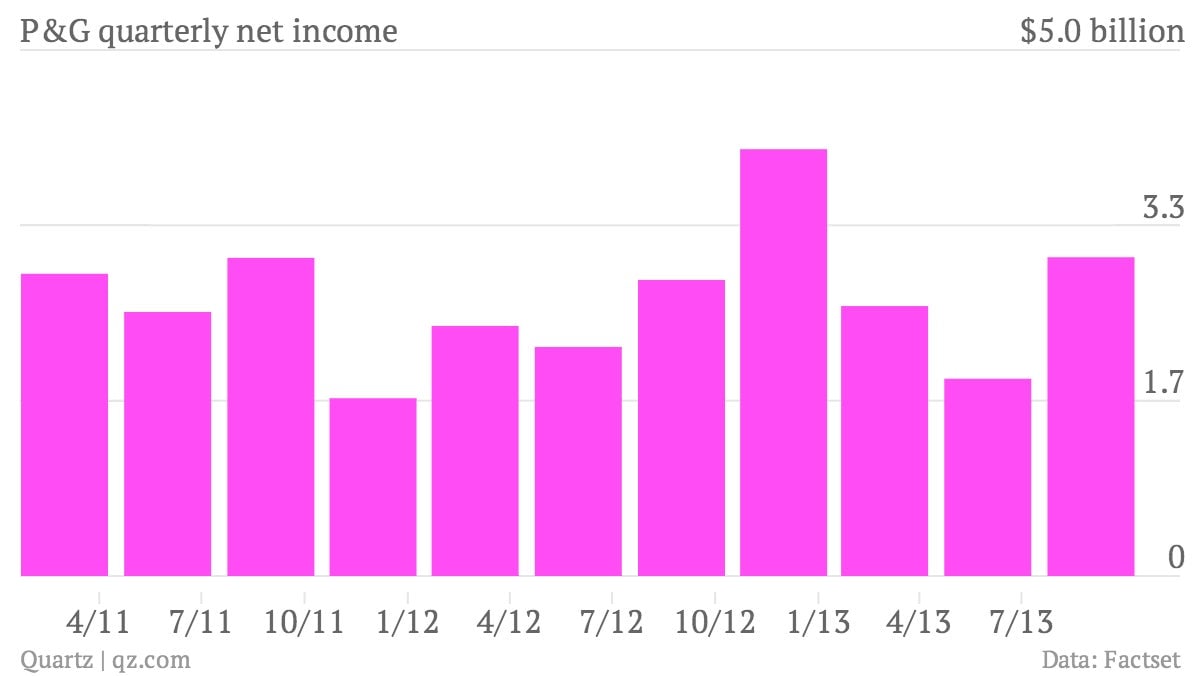Procter & Gamble’s whittled down emerging market strategy is paying off
The numbers: Procter & Gamble, the world’s largest household products maker, posted earnings of $3.03 billion for the quarter ended on Sept. 30, compared to $2.81 billion a year earlier.



The numbers: Procter & Gamble, the world’s largest household products maker, posted earnings of $3.03 billion for the quarter ended on Sept. 30, compared to $2.81 billion a year earlier.
The takeaway: After lagging its rivals in emerging markets, P&G is starting to turn itself around. Emerging markets make up 40% of P&G’s revenues, compared to over half for Unilever and Colgate. But as developing economies slow, P&G’s niche, targeted approach to retailing may be its advantage. Unilever just reported its worst quarterly results in the fourth quarter, partly due to slowing emerging market sales. Meanwhile, P&G’s organic sales grew 8% in developing markets and 2% in the US over the last quarter. P&G chief financial officer Jon Moeller said after the earnings release, “We’re right on track.”
What’s interesting: The company has begun a campaign to cut $10 billion in costs by 2016, reorganize its corporate structure, and focus on just 10 emerging markets. Its localized strategies include single-blade razors for men in India who worry more about getting cut, and building a diaper plant in China where the market for infant-related goods is growing. P&G has increased its dividend every year for decades, making the company what is called a “dividend aristocrat.”